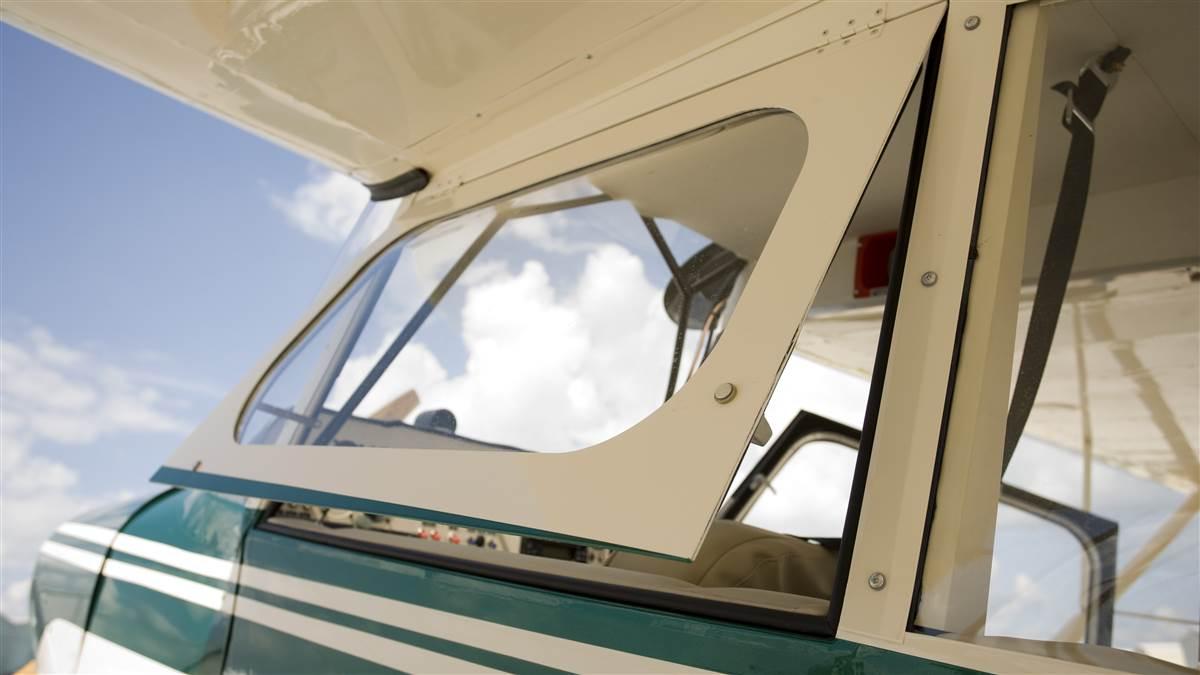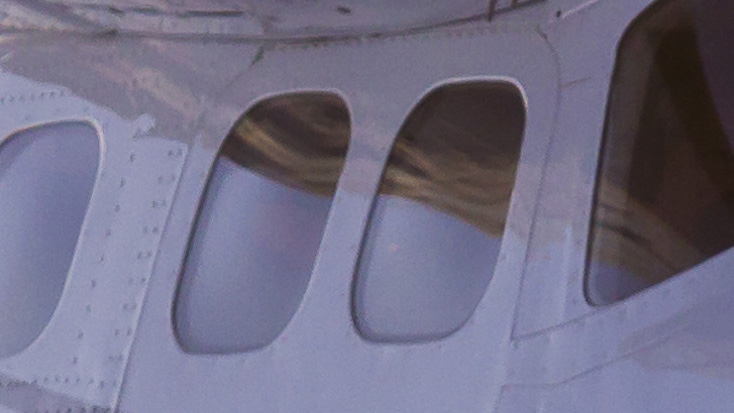
Sure, you don’t need windows. There’s nothing quite like the breezy freedom of an open-cockpit biplane or a Piper Cub with the doors off. Even windshields aren’t truly necessary if you’ve got a good set of goggles and a scarf. But on brisk or buggy days, most pilots are grateful for a bit of Plexiglas between them and the elements.
Most small airplane windows are made of transparent acrylic resins. These plastics are lightweight and strong, but they scratch easily—and scratches can make it harder to see, particularly when facing the sun. Never wipe an acrylic window with a paper towel or dry rag, and only use cleaners approved for acrylic plastics.
Although new aircraft typically have ultraviolet protection, older aircraft windows often do not. So load up on sunscreen and wear sunglasses, as exposure to UV radiation increases by about 5 percent for every 1,000 feet of altitude. Now, companies such as LP Aero make windows that improve safety and comfort in the cockpit with UV blocking, infrared blocking, and tinting to help keep cockpits cooler on hot, sunny days. Thicker windows even cut down on noise.
Replacing side windows is among the preventive maintenance items listed in FAR Part 43 that a pilot may perform. Qualified pilots may replace a side window where that work does not interfere with the structure or any operating system—but for a windshield, you’ll need an airframe and powerplant mechanic.

 Standard
Standard Pressurized
Pressurized Bubble canopy
Bubble canopy

